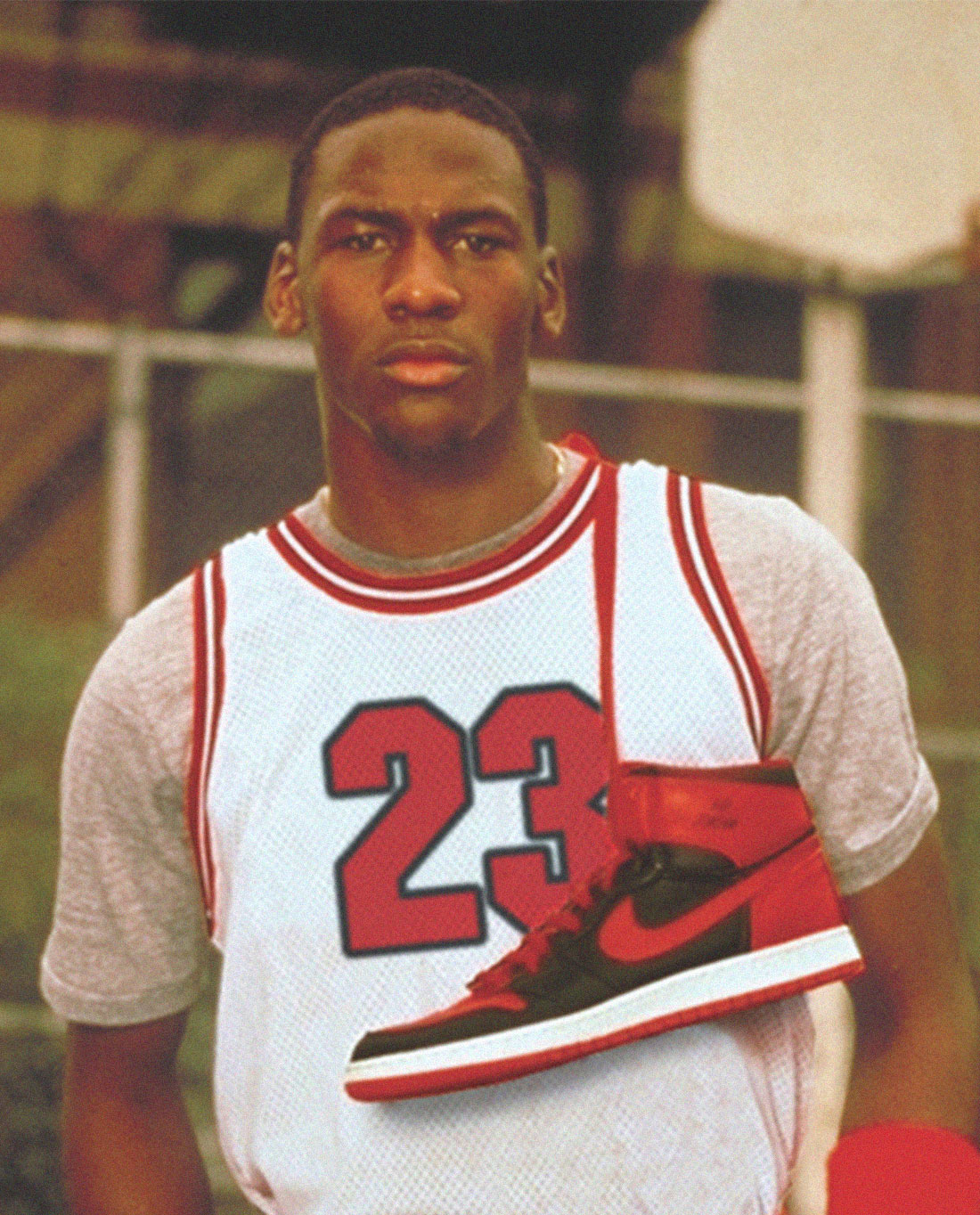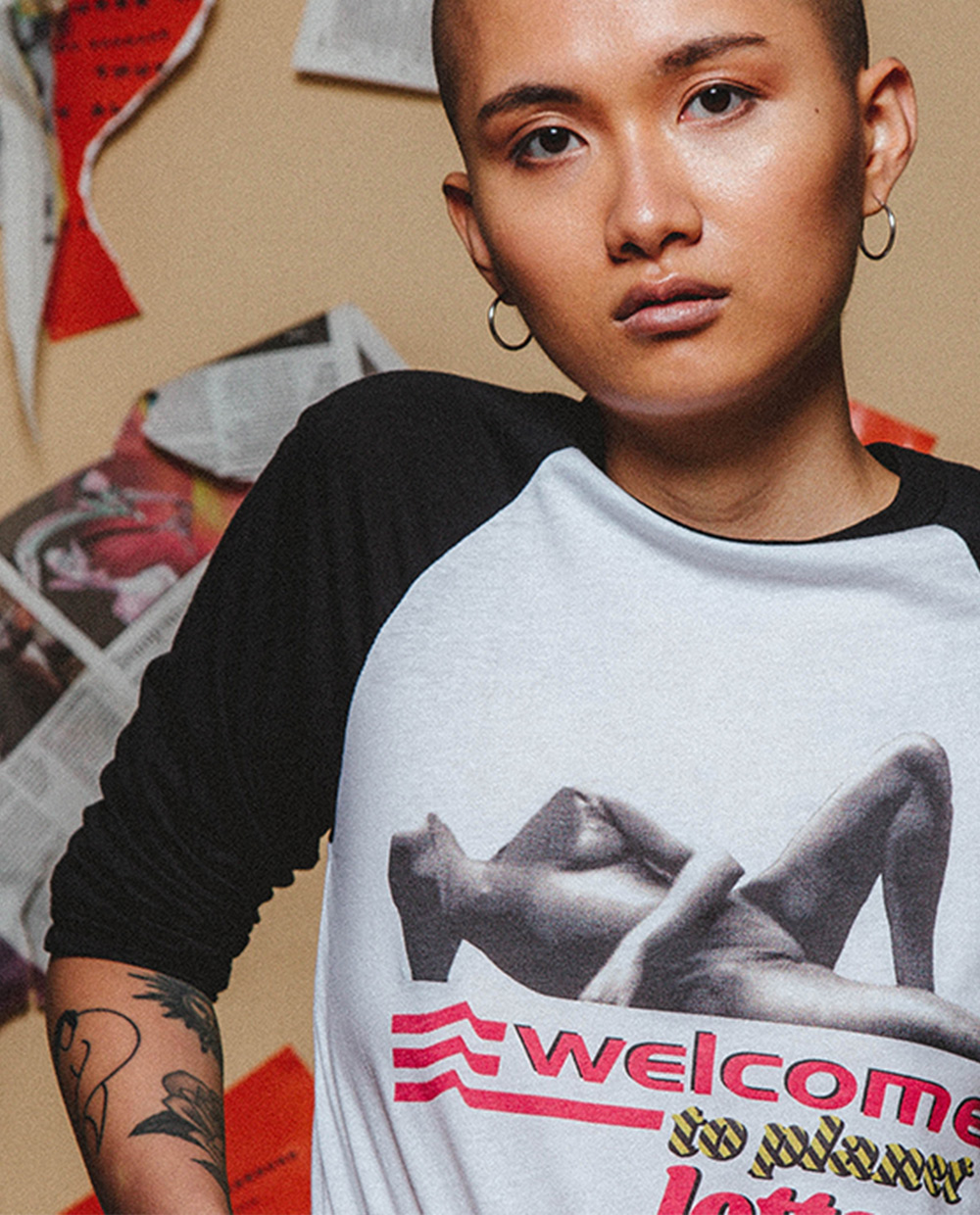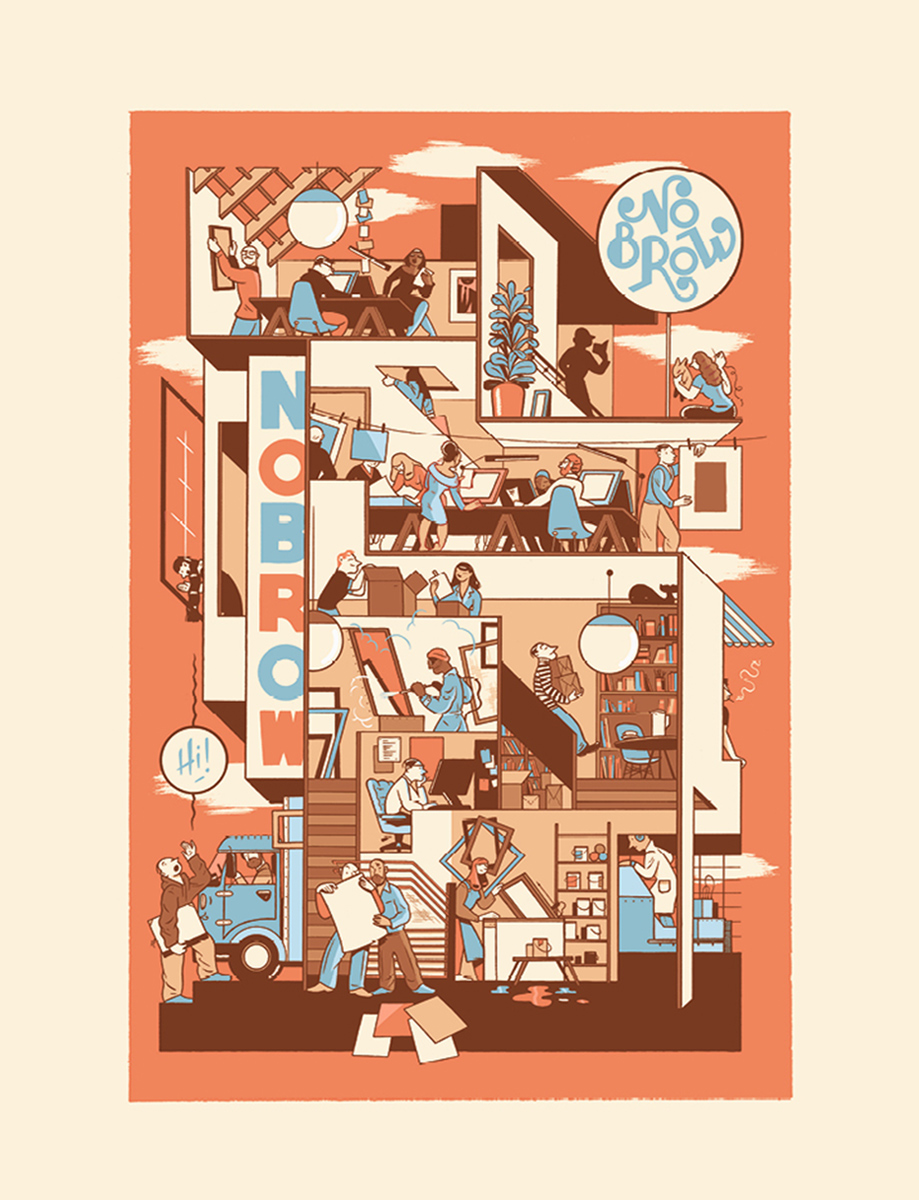In 1991, Jeffrey D. Ballinger, an anti-sweatshop campaigner and the director of Press for Change, published a report into Nike’s Indonesian factories which focused on a series of strikes prompted by low pay and poor working conditions. Although many brands relied on sweatshop labour, and many of the factories Nike was involved with were used by multiple big brands, it was Nike in particular which became shorthand for unethical manufacturing.
What followed was a series of demonstrations that made up one of the most targeted global boycotts of any corporation. United Students Against Sweatshops came out against Nike; store openings were picketed, and campaigners moved from targeting the brand itself to targeting its high profile celebrity endorsers. Consumer activist Marc Kasky even filed a lawsuit against Nike, claiming its portrayal of its own working practices amounted to false advertising (the case ended up being settled for $1.5 million in 2003).

Nike committed, in 1998, to end child labour across its manufacturing chain and apply United States health and safety standards abroad (though this didn’t extend to paying the living wage, then $3 a day). It took further subsequent steps to improve its environmental impact and labour conditions: in 1998 it appointed a director of government and community affairs EMEA, who is now the company’s chief sustainability officer; it co-founded the Fair Labor Association in 1999, and by 2005 it was publishing lists of the factories it uses. Recently, Nike has pledged to being toxics-free by 2020, and it’s aiming to reduce its carbon emissions by 50% by 2025.
It’s the brand’s long-entrenched position in pop culture’s psyche which makes it so infallible.
Recent criticism may yet prove damaging to the brand’s image, but a decade of controversy and protests has meant that the brand understands how to confront such questions about its ethics, and is generally quick to adapt and take action. It’s not just its savvy with damage control which carried it through the ‘90s to its present-day high, though. Nike’s early business model of outsourcing manufacturing to developing countries and then spending the money saved on huge marketing campaigns is still paying off. It’s the brand’s long-entrenched position in pop culture’s psyche which makes it so infallible.

The history of Nike is a masterclass in marketing, one of the earliest examples being its sponsorship of Michael Jordan in 1984. Legend has it that Jordan’s black-and-red Air Jordan 1s were deemed to be in breach of the NBA’s ‘uniformity of uniform’ rule, which stated “a player must wear shoes that not only matched their uniforms, but matched the shoes worn by their teammates,”, and also that shoes had to have a certain amount of white material. Jordan was apparently issued with a $5000 fine per game, which Nike covered, and he continued to wear the shoes for the rest of the season, with Nike footing the final bill.
There’s been so much doubt cast on this in the far reaches of the sneaker obsessives’ corner of the internet that it’s difficult to say whether any of it is true. It was recently revealed that it’s more likely Jordan was wearing Nike Air Ships than Air Jordans; some suggest that the violation only occurred once, with proof being a letter that lists only one instance of this happening; plus there’s doubt as to whether Nike did in fact cover any of the fines, if there were fines at all.
This isn’t really the point though. The fact that the story exists demonstrates just how shrewd Nike is at positioning itself within pop culture. It has the kind of cool capital that only comes from not playing by the rules; Nike might be mainstream enough to be on the court, but it’ll do it Nike’s way, whatever the cost.
One of the most interesting things about Nike is how diverse its campaigns have been; there isn’t one typical Nike spokesperson. Sportspeople as varied as Serena Williams and Ronaldinho have both been associated with the brand, but the Nike advertising back catalogue is a who’s who of culture that stretches far beyond the parameters of the conventional sporting world. The first ‘Just Do It’ ad in 1988, featured Walt Stack, a runner who, at 80, cut a different figure to the typical athletic one, and a series of pre-Do The Right Thing Spike Lee commercials (which featured Lee’s Mars Blackmon character riffing with Michael Jordan) helped secure the brand’s status early on.
The line between sportswear, streetwear, and runway has been blurring recently, with designers like Gosha Rubchinskiy and Vetements reimagining classic sportswear brands and streetwear looks, and this is something Nike’s been on for a while too, and although not the only major sports brand to do so, it has certainly been one of the most prolific. Take our previous examples of collabs with FKA Twigs, Virgil Abloh and Riccardo Tisci; none of these people are athletes, or even in the sporting world. Tisci made his name as creative director of Givenchy; Abloh founded the Off-White brand; and Twigs makes ethereal R&B.

Nike’s championing of 360 degree cool culture, coupled with its latest verticals, including Nike’s offering of mobile apps and NikeLab, has cunningly positioned the brand so front-of-mind that it’s near impossible not to partake. They are everywhere and seem untouchable a result. Frank Ocean’s 2016 song ‘Nikes’ used the brand as a byword for materialism, and even then Nike came out on top. Ocean’s still wearing Cortez and Air Force 1s.






